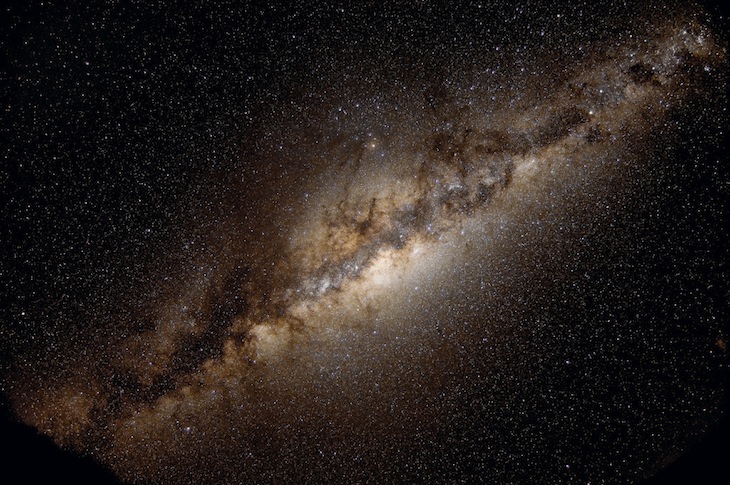 |
| The Milky Way Galaxy |
The human brain is one of the most intricate hard wire networks of the natural world. We have over 100 billion neurons in the brain; that's 10^9 nerve cells packed into our skulls! To put that into perspective, there are about 300 billion stars in the milky way galaxy! Through newfound techniques like neuron mapping and "brainbow" mapping, we can see exactly how expansive the neuron connective network really is. The interconnected nature of neurons makes it one of the fastest processors we know of. Our human minds can process data and make
 |
| "Brainbow" imaging of a single brain fold |
connections to other topics and information very efficiently. This is due to the physiology of our neural network. Each neuron in the brain is connected to a multitude of other neurons, processing data simultaneously, and firing an action potential to the proper neurons with great precision. This means each cell can process data independently of other cells, so our brain can multitask very well. This is how we can make decisions and think of ideas very quickly with a slow "buffering" time.
 |
| IBM's Watson winning the jeopardy championship |
Computers work differently, by using a circuit network. The network is similar, but is more linear, and each "decision" must be made separately before moving on to process the next piece of data. But technology has come a long way, and IBM has pushed this boundary of processing ability to a new level with the creation of "Watson." IBM has set up a circuit network of about 10 trillion circuits which is equivalent to a 10^11 neural network. With this raw processing power, IBM's Watson has been able to sweep away the competition by being able to quickly compile the important information out of data and come up with the most reasonable decision. While this feat of creating a hyper intelligent computer is impressive, what I find most impressive is that it took a computer with 100 times the processing power to outperform humans consistently. This means our natural processing is more powerful and more efficient than even the world's leading super computer! Not too bad for a population that relies on computers for so many daily operations as Frazzetto and Anker's
Neuroculture presents. They go on to show how our culture depends on these artificial neural networks for film, literature, television, visual arts, education, and entertainment. But our brain is still a better multi-tasker and we have the ability to think with more efficiency and clarity than a supercomputer. So maybe we're selling ourselves short on a day to day basis.
Sources
Center for Brain Science. "Brainbow."
Center for Brain Science. Harvard University, 2010. Web. 12 May 2016.
Frazzetto, Giovanni, and Suzanne Anker. "Neuroculture." Nature Reviews Neuroscience Nat Rev Neurosci 10.11 (2009): 815-21. Web. 12 May 2016.
IBM. "What Is IBM Watson?" IBM Watson. IBM, 15 Aug. 2015. Web. 12 May 2016.
Jesusmrv. "IBM Watson and Cognitive Data as the Future of Information Data Systems." Jrodthoughts. 14 Oct. 2015. Web. 12 May 2016.
Pro Documentary. "IBM Watson: Smartest Machine Ever Built - Documentary." YouTube. YouTube, 18 Dec. 2014. Web. 11 May 2016.
Uconlineprogram. "Neuroscience-pt1.mov." YouTube. YouTube, 17 May 2012. Web. 12 May 2016.
Voytek, Bradley. "Are There Really as Many Neurons in the Human Brain as Stars in the Milky Way?" Nature.com. Nature Publishing Group, 20 May 2013. Web. 12 May 2016.



Interesting point about how humans are still better at computers than some things. Computers can easily do difficult things like calculating huge numbers or sifting through gigantic amounts of data, yet they still struggle to hold a conversation or identify a bird in an image. When will we create a computer whose circuits form a personality?
ReplyDelete-Jacob Hoffman
ReplyDelete